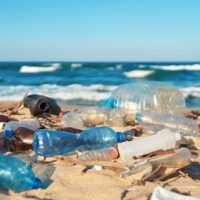Alaskans Call for Transparency and Seafloor Protections from Pelagic Trawling
North Pacific Fishery Management Council considers new definitions for ‘midwater’ pollock trawls now known to be frequently fished on the seafloor
Press Release Date: October 8, 2024
Location: Anchorage, AK
Contact:
Jamie Karnik | email: jkarnik@oceana.org | tel: Jamie Karnik
A diverse array of Alaskans, fishing groups, and conservation organizations are calling on the North Pacific Fishery Management Council (NPFMC) to protect seafloor habitats from ‘pelagic’ or midwater trawling, a form of fishing where enormous nets are pulled through the water to catch schooling fish like pollock. As the name suggests, pelagic trawls are supposed to be fished in the water column instead of on the seafloor. Because of this, they are allowed to trawl in most conservation areas that are closed to bottom trawling, a form of fishing where nets are purposely dragged on the seafloor and damage corals, sponges and other living seafloor habitats in the process.
But an analysis by the National Marine Fisheries Service indicates that up to 40 to 100 percent of the width of pelagic trawl gear fished in the Gulf of Alaska and Bering Sea is in contact with the seafloor. The massive nets range from 50 to 190 yards wide and are dragged for miles.
“No matter what you call it, any net that drags the seafloor is bottom trawling and risks damaging sensitive habitats and marine life like king crabs and halibut,” said Ben Enticknap, Senior Scientist and Campaign Director for Oceana. “Management of pelagic trawling needs to change to reduce impacts to seafloor habitats and to require the gear is off bottom—100% of the time—if fishing in Alaska’s habitat conservation areas.”
The NPFMC is reviewing regulations defining pelagic trawling, which drew 48 letters from individual fishermen, fishing groups, communities, Alaska Native organizations, conservationists, and a sitting state legislator. Overwhelmingly, the public expressed the need to protect seafloor habitats, including Oceana, Representative Sarah Vance, the Alaska Longline Fisherman’s Association, the Alaska Bering Sea Crabbers, Salmon State, the Native Village of Marshall, Alaska Marine Conservation Council, Ocean Conservancy, Kuskokwim River Inter-Tribal Fish Commission, concerned fishers and many others.
Along with damage to the seafloor, pelagic trawling is challenged by issues surrounding bycatch, the term for catching and discarding nontargeted fish, often dead or dying. This bycatch includes salmon, halibut and crab that are essential to the lives of many Alaskans. The most recent example is the shocking catch and waste of 2,000 Chinook salmon by pollock trawlers in the Gulf of Alaska, bringing the total bycatch numbers for the Gulf of Alaska pollock fleet over their annual bycatch limit of 18,000 Chinook salmon.
Oceana recently filed a lawsuit challenging the fishery service’s approval of fishery management plans that did not consider the best available science or take adequate conservation measures to protect essential fish habitats in federal waters off Alaska, which is required by the Magnuson Stevens Fishery Conservation and Management Act. Oceana submitted a draft proposal to the Council to protect more than 90% of the seafloor in the Gulf of Alaska from trawling while displacing no more than 5% of existing trawl effort, bringing the region in line with conservation measures elsewhere in Alaska.
The NPFMC will take up the issue of chum salmon bycatch in the pelagic trawl fishery at its February 2025 meeting in Anchorage. And the fishery council will further consider pelagic trawl seafloor impacts at its June 2025 meeting in Newport, Oregon.
Click here to see an interactive story map about protecting seafloor habitats in the Gulf of Alaska.
Click here for a folder of images of seafloor habitat in the Gulf of Alaska.
For more information on Oceana’s efforts to protect seafloor habitat in the Gulf of Alaska, please visit www.oceana.org/gulfofalaska.
—
Oceana is the largest international advocacy organization dedicated solely to ocean conservation. Oceana is rebuilding abundant and biodiverse oceans by winning science-based policies in countries that control one-quarter of the world’s wild fish catch. With more than 300 victories that stop overfishing, habitat destruction, oil and plastic pollution, and the killing of threatened species like turtles, whales, and sharks, Oceana’s campaigns are delivering results. A restored ocean means that 1 billion people can enjoy a healthy seafood meal, every day, forever. Together, we can save the oceans and help feed the world. Visit Oceana.org to learn more.



